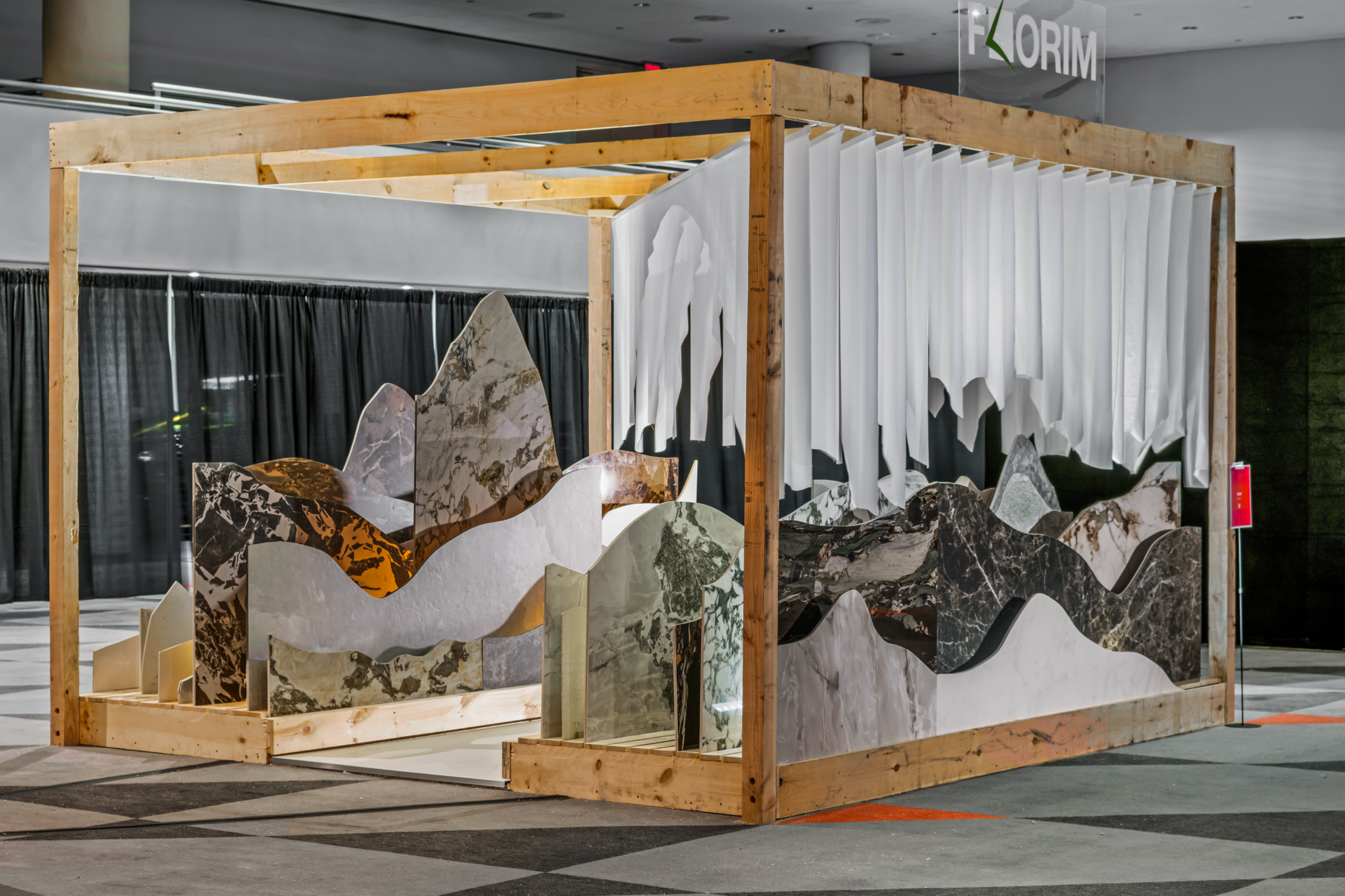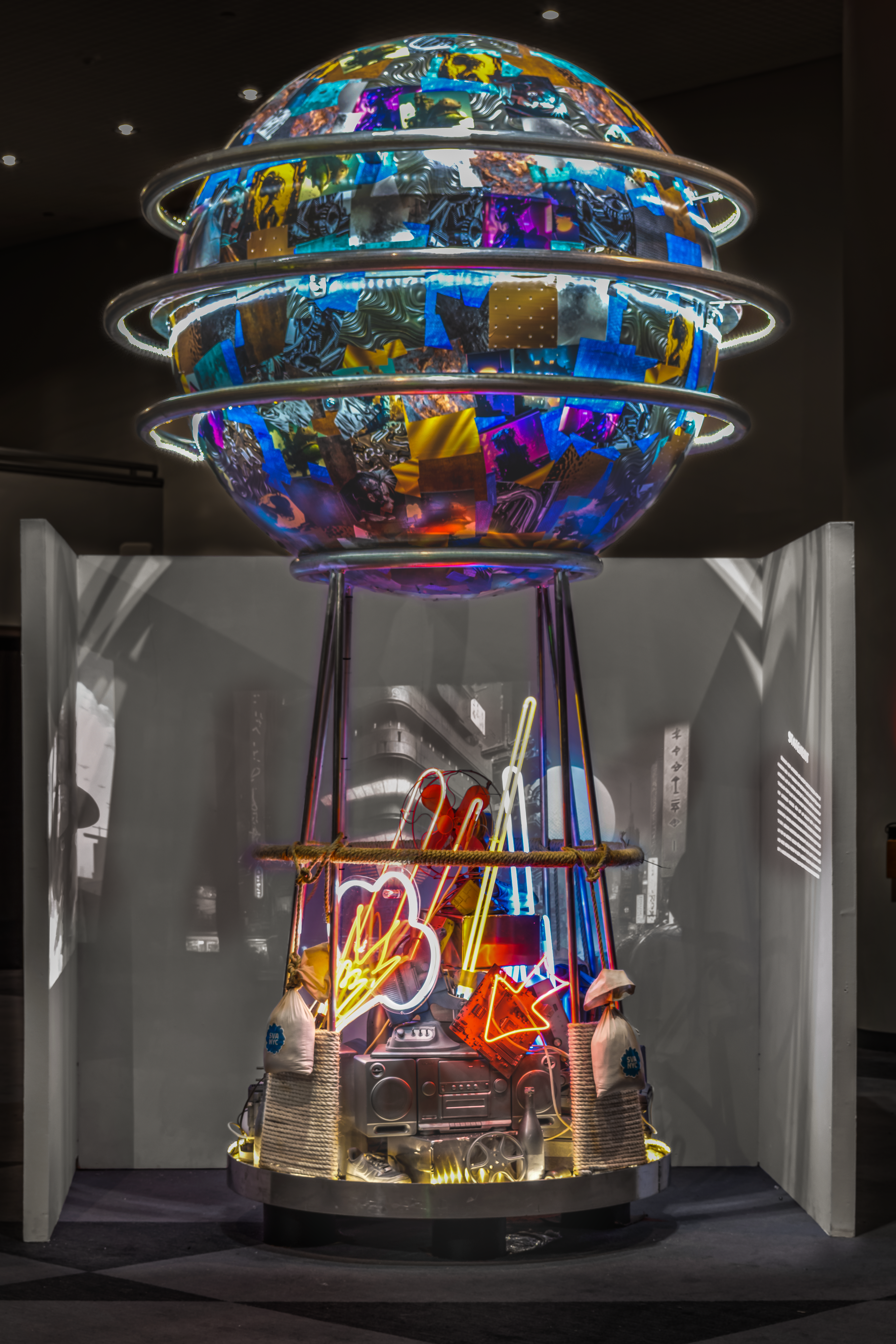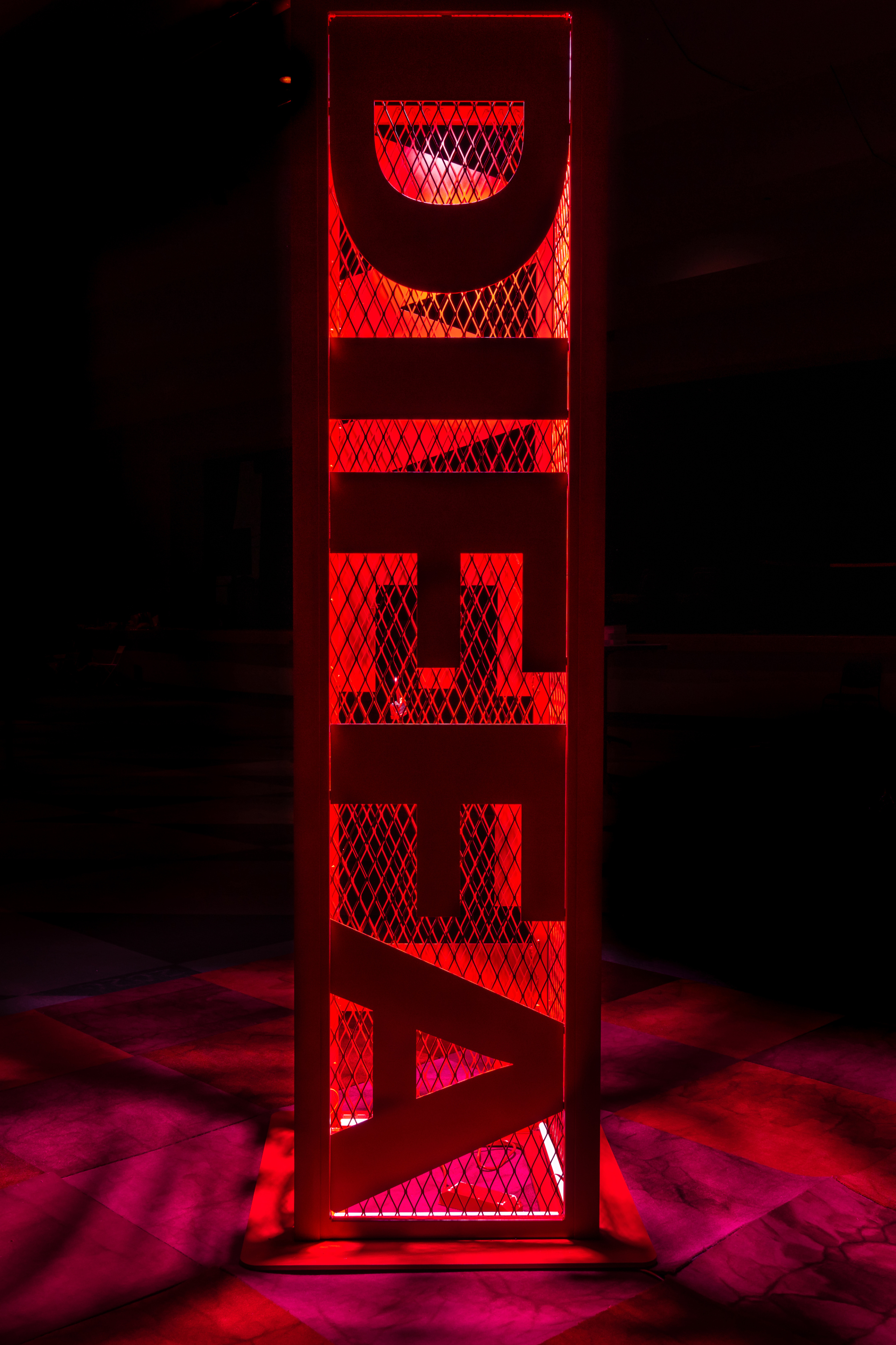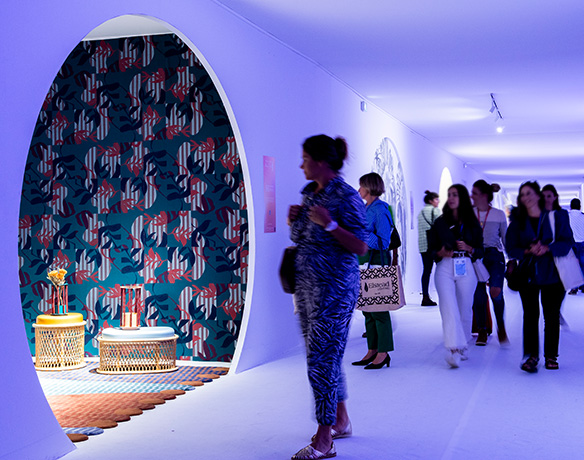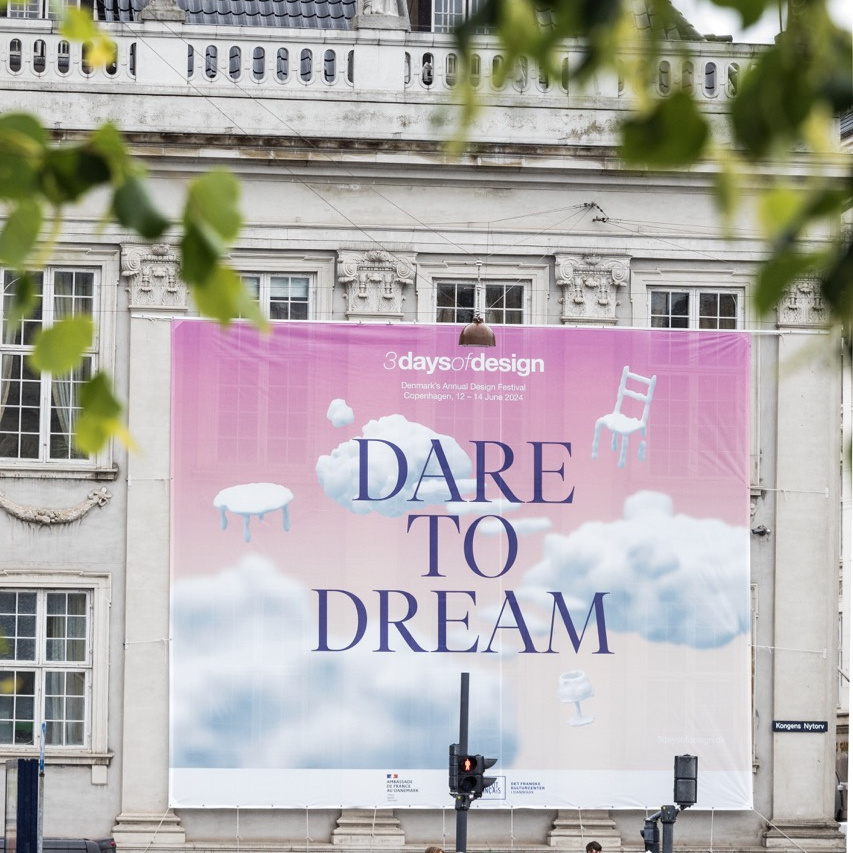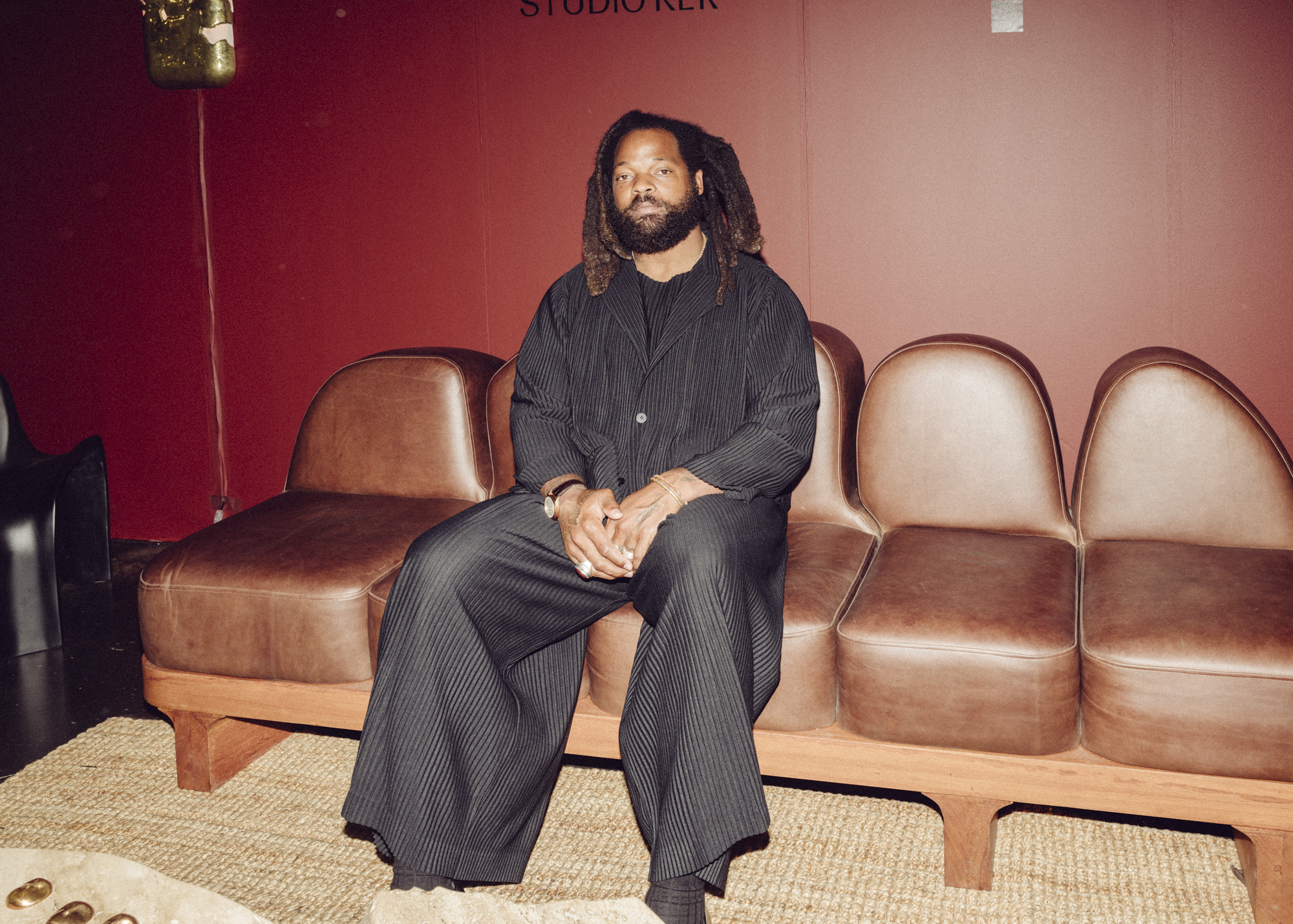DIFFA by Design 2023, which took place at the Javits Center during NYCxDESIGN, challenged brands, designers and schools to make impactful installations about sustainability that did more than raise awareness of the generalized concept. Not only did the participants show the ways design can reduce waste, minimize poverty and reduce economic inequality, the organizations raised money for those impacted by HIV/AIDS, homelessness, hunger and mental health.
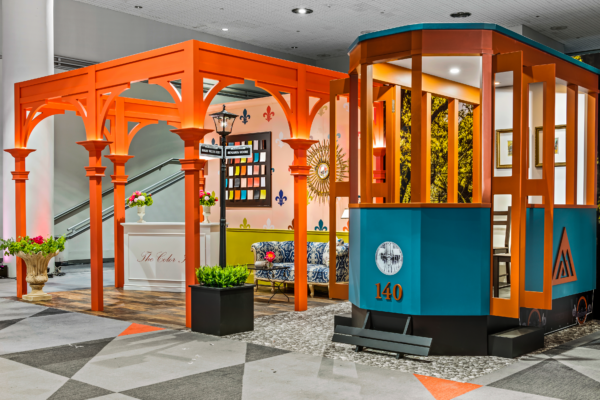
“The Color Inn” presented by Benjamin Moore with Courtney McLeod of Right Meets Left Interior Design. Photo by Alan Barry
DIFFA’s exhibition brought together many collaborations across the design, architecture, interiors, education and wellness sectors. Their booths included installations by Benjamin Moore with Courtney McLeod of Right Meets Left Interior Design; Gensler & EvensonBest; Roche Bobois in collaboration with Rockwell Group; HOK + Mohawk Group + Urban Office + Sven Nielsen; FLORIM with Perkins&Will; HDR with Giles Miller Studio; Rockwell Group; Creative Chef Studio & Soroteca; Novità + Cynthia Reynolds + Maiarelli Studio + New Collectors Gallery, and Western Sensibility + Focus Lighting; and student design teams from the School of Visual Arts, the New York School of Interior Design, and Parsons the New School of Design.
One project that stood out amongst this impressive group was Soroteca’s collaboration with Creative Chef Studio, founded by artist Jasper Udink ten Cate. With teak wood provided by Soroteca, Jasper designed “Dinner Sculpture No. 1,” an expansive dinner table with 160 unique, hand-carved plates. Loading up the artwork with food donated by Future Food Quest and Future Food City, Jasper educated crowds on food insecurity and how it could be solved through food futurism, which imagines a utopia where food is grown hyper-locally and agricultural behemoths have folded.
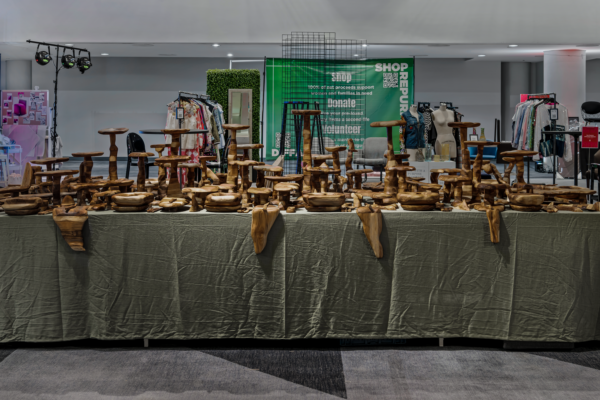
“Dinner Sculpture No. 1,” Soroteca’s collaboration with Creative Chef Studio, founded by artist Jasper Udink ten Cate. Photo by Alan Barry
Another forward-thinking presentation came from students at the School of Visual Arts. They presented “Homeless Insecurity Housing,” a transparent, LED-studded hot air balloon that would be a floating bedroom for people without a permanent place to stay. The cyberpunk pod, cleverly constructed from electronic waste, makes use of wasted air space, and its small footprint encourages minimalist living. The weightless design puts a twist on the concept of living nomadically, as one can on the move without the fear of being unsheltered. While privacy has been traded for aesthetics, the piece still proposes an alternative housing model that could eschew the politics of land ownership in a world where income inequality continues to grow.
In addition to these futuristic takes on sustainability, some designers turned to more traditional fine arts to show how materials can be sustainably repurposed. Florim with Perkins & Will presented “Highs and Low,” a sculpture that reused porcelain cast-offs, discarded during manufacturing processes for things like countertops and tiles. While ceramic tile is theoretically biodegradable, the quality that makes it most attractive — long lasting durability that could withstand centuries — means that commercial porcelain accumulates as waste that lasts a lifetime. They can’t be disposed of curbside or in a recycling bin, as their unique material cannot be ground down and repurposed with the same processes as household objects.
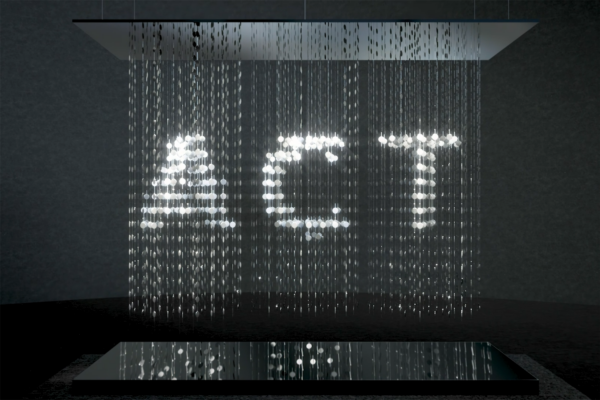
“ACT” by HDR with Giles Miller Studio. Photo by Alan Barry
Cynthia Reynolds takes a similar approach of turning trash into visual art with her piece for Novità Communications with Maiarelli Studio, “The Fat of the World.” Cynthia works with the packing peanut, a ubiquitous, toxic nuisance that persists in shipping and packaging standards. She bronzes the non-biodegradable styrofoam pieces to create a monument to what’s become a hyperobject, a concept that imagines a mass of objects rather than their individual parts — i.e. the totality of packing peanuts polluting the planet. Cynthia’s monument is not a celebration of the packing peanut, but a memorial, a somber sculpture that expresses the devastation this product has contributed to the world.
A few installations responded to DIFFA’s roots in HIV/AIDS activism while using sustainable building materials. HDR with Giles Miller Studio presented “ACT,” a light installation that spelled out the directive with mesmerizing mirrors. The word is not just a command, but also a reference to ACT UP, the influential activist group that was thrown into the spotlight with Keith Haring’s provocative posters. Rockwell Group also created a steel mesh totem, “Love Locks,” that let donors attach a yellow lock to the structure, just as lovers do on the bridges. The tower’s bright crimson coating, which they described as DIFFA red, is a tribute to the color associated with HIV/AIDS awareness.
- ““Homeless Insecurity Housing” by the student team from the School of Visual Arts BFA in Interior Design. Photo by Alan Barry
- “Love Locks,” by the Rockwell Group. Photo by Alan Barry
DIFFA by Design 2023 showed that designers are thinking about sustainability beyond its commercial potential. The works in this exhibition show that design can be more powerful, that it can overhaul food systems, provide housing and repurpose un-recyclable materials. Most importantly, DIFFA shows that we must adopt an activist mindset and pay tribute to leaders in the HIV/AIDS, food insecure, housing and mental health reform movements if we want to bring about a sustainable future.
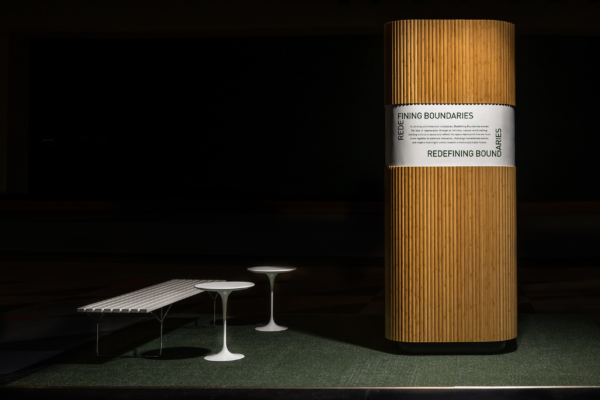
“Redefining Boundaries” by Gensler & EvensonBest. Photo by Alan Barry
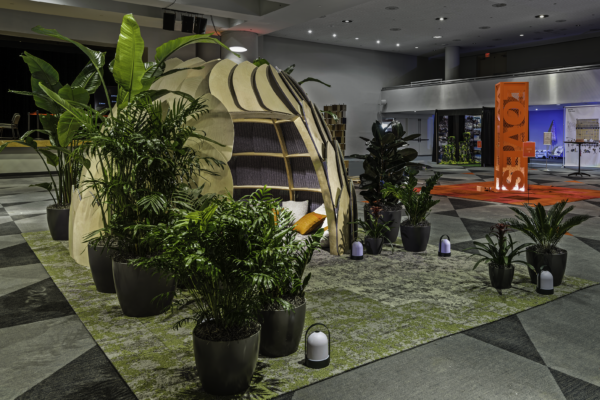
“Respite Pod” by HOK + Mohawk Group + Urban Office + Sven Nielsen. Photo by Alan Barry
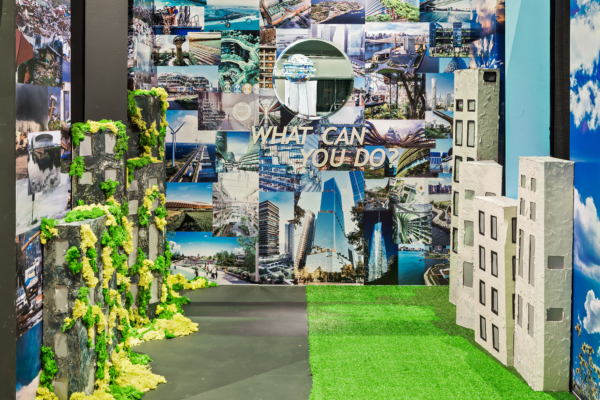
The New York School of Interior Design. Photo by Alan Barry
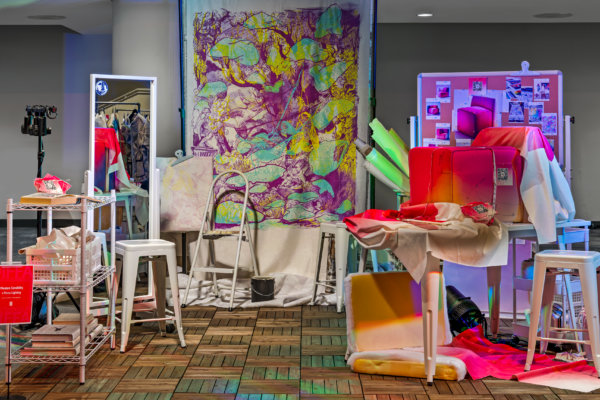
“The Artist’s Studio” by Western Sensibility and Focus Lighting. Photo by Alan Barry
